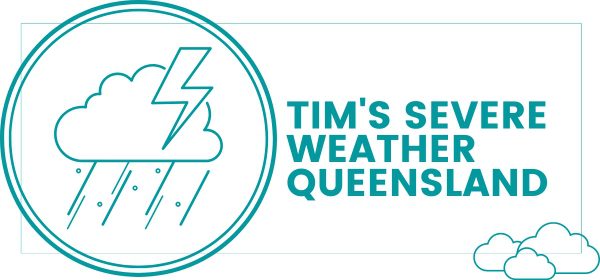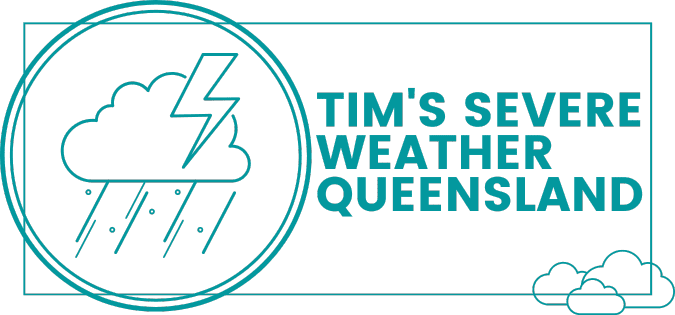***When On Mobile Choose “Select Dimensions” To Change From Tropical Cyclone To Tropical Low Probabilities.
Also Label Tropical Storms = Tropical Cyclones and Label Tropical Cyclones = Tropical Lows.

Tropical Cyclone System Probabilities – Extended Forecast
Charts Are Provided By The European Centre for Medium-Range Weather Forecasts
The European Centre for Medium-Range Weather Forecasts website provides a range of charts related to weather and climate, offering valuable insights for meteorologists, researchers, and weather enthusiasts.
One of the key features of the website is its collection of tropical cyclone charts. These charts display the evolution and potential activity of tropical cyclones, providing information on their projected paths and intensities.
Users can select different time ranges and parameters to view the data, allowing for detailed analysis and forecasting.
The charts are based on the ECMWF extended range ensemble, which includes multiple ensemble members to provide a comprehensive view of possible outcomes.
Additionally, the website offers other weather-related charts and tools, covering various aspects of atmospheric and oceanic conditions.
These charts can be used to study and understand weather patterns, climate trends, and other meteorological phenomena. The website’s user-friendly interface allows users to easily navigate and interact with the charts, making it a valuable resource for anyone interested in weather and climate science.
Overall, the https://charts.ecmwf.int/ website serves as a valuable tool for meteorological research and weather forecasting, providing access to a wealth of data and information for users around the world.
Key statistics and trends for tropical cyclones and tropical lows in the Australian region over the past 50
- On average, 10-12 tropical cyclones form in the Australian region each year. The number of cyclones can vary widely from year to year, ranging from as few as 3 to as many as 25.
- Tropical cyclone numbers in the Australian region have decreased slightly over the past 50 years. Studies have shown a downward trend in numbers from around 12 cyclones per year in the 1970s to 10 per year in the 2010s.
- The frequency of severe tropical cyclones (Category 3 or higher) has not changed significantly over the past 50 years. On average, 3-4 severe cyclones occur per season.
- Tropical cyclone intensity shows no clear trends over the past 50 years. Some studies suggest a slight increasing trend in intensity while others show no change. More research is needed in this area.
- Tropical cyclone tracks have shifted southward in the past 30 years, with more cyclones closer to the southeast Queensland and northern New South Wales coasts.
- The cyclone season lasts from November to April, with a peak in activity in the months from January to March. Nearly 70% of cyclones occur during these peak months.
- In addition to cyclones, an average of 15-20 tropical lows form each season in the broader Australian region. Tropical low numbers do not show any clear long-term trends.
So in summary, cyclone numbers have decreased slightly but intensity shows no clear trends over the past 50 years in the Australian region. The southward shift in tracks in recent decades is an important trend to note.


